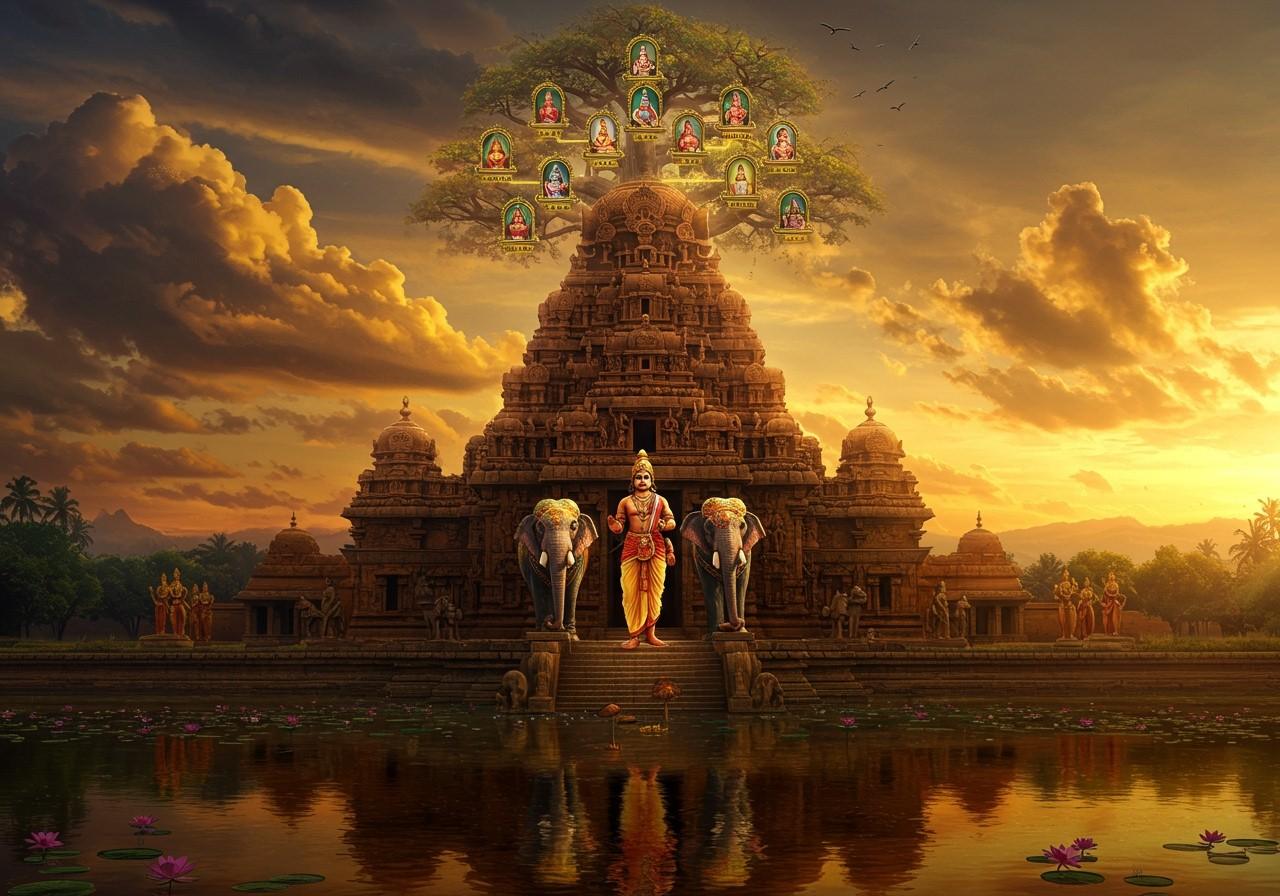
The Later Chola dynasty, a pivotal era in South Indian history, is renowned for its remarkable rulers, complex lineage, and thriving capital city. This article delves into the legacy of the Later Cholas, exploring the reigns of their prominent kings, their intricate family connections, and the administrative and cultural significance of their capital. We aim to provide a comprehensive understanding of their contributions and enduring impact on the region.
Later Chola Kings
The Later Chola period witnessed a succession of influential rulers who played crucial roles in the dynasty’s expansion and consolidation. Their reigns, marked by military achievements, administrative reforms, and cultural contributions, shaped the trajectory of the empire.
- Rajaraja Chola I (985-1014 CE): His reign marked the commencement of the Later Chola period. He is renowned for his extensive military conquests, expanding the Chola empire significantly, and implementing administrative reforms that strengthened governance. He also commissioned the construction of the magnificent Brihadeeswarar Temple in Thanjavur.
- Rajendra Chola I (1012-1044 CE): Succeeding his father, Rajaraja Chola I, Rajendra Chola I further expanded the empire’s reach. His notable achievements include successful naval expeditions, the conquest of parts of Southeast Asia, and the establishment of a new capital, Gangaikonda Cholapuram. These endeavors solidified the Cholas as a formidable maritime power.
- Kulothunga Chola I (1070-1120 CE): Kulothunga Chola I played a crucial role in consolidating the vast Chola empire and ensuring its continued prosperity. His reign focused on maintaining stability and strengthening the administrative structure established by his predecessors. He also contributed to the cultural landscape through patronage of the arts and literature.
- Vikrama Chola (1118-1135 CE): Vikrama Chola’s reign emphasized cultural patronage and the restoration of temples. He focused on preserving and enhancing the rich cultural heritage of the Cholas, contributing to the architectural legacy of the dynasty. His efforts ensured the continuity of religious and artistic traditions.
- Kulothunga Chola III (1178-1218 CE): While his reign was marked by internal strife and challenges to the empire’s stability, Kulothunga Chola III also made significant contributions to architecture. Despite political complexities, he continued the Chola tradition of temple construction and artistic patronage.
Later Chola Dynasty Family Tree
The intricate family tree of the Later Cholas offers valuable insights into the dynamics of dynastic politics and succession. Understanding the familial relationships, alliances, and occasional disputes within the ruling family illuminates the factors that contributed to both the stability and the challenges faced by the dynasty.
- The Chola lineage is traced from Vijayalaya Chola, the founder of the medieval Chola empire, through key figures like Rajaraja Chola I and Rajendra Chola I to their successors.
- Exploring the family tree reveals the lineage and relationships between the kings, including marriages and alliances that played a significant role in maintaining power and influence.
- The role of queens and other prominent family members in supporting the dynasty and contributing to its cultural and political landscape is also highlighted.
- Instances of succession disputes and their resolutions offer insights into the complexities of power transfer within the royal family.
- The contributions of various family members to administration, cultural life, and religious patronage further enrich the understanding of the dynasty’s multifaceted legacy.
Later Chola Capital City
The capital cities of the Later Cholas served as vital centers of administration, culture, and commerce. These bustling hubs played a key role in shaping the dynasty’s political, economic, and artistic achievements.
- Thanjavur (Tanjore): Thanjavur served as the primary capital of the Later Cholas, renowned for its architectural marvels, particularly the magnificent Brihadeeswarar Temple, a UNESCO World Heritage site. The city flourished as a center of art, learning, and religious activity.
- Gangaikonda Cholapuram: Established by Rajendra Chola I, Gangaikonda Cholapuram served as a new capital, reflecting the expanding power and influence of the Chola empire. Its grandeur and strategic importance further solidified the dynasty’s dominance in the region.
Poojn.in: Connecting You to the Chola Legacy
At Poojn.in, we offer a wide selection of authentic puja items that allow you to connect with the rich spiritual traditions of the Chola period. The Cholas were renowned for their elaborate temple rituals and religious ceremonies. We provide high-quality products to help you maintain these sacred practices:
- Puja Asans: Just as the Cholas maintained sacred spaces, create a dedicated area for your rituals with our pure cotton puja asans.
- Idols and Murtis: Honor the deities revered by the Cholas with our collection of handcrafted bronze and brass idols.
- Traditional Lamps and Diyas: Illuminate your sacred space with pure brass and copper lamps, reminiscent of those used in Chola temples.
Explore our complete collection of puja items at Poojn.in and discover how you can enrich your spiritual practices with products that honor the legacy of the Cholas.
Conclusion
The Later Cholas left an indelible mark on South Indian history through their influential rulers, intricate family dynamics, and magnificent capital cities. Their reigns were characterized by military successes, administrative innovations, and cultural advancements that shaped the political, social, and artistic landscape of the region. The kings’ contributions to art, architecture, and governance solidified the dynasty’s strength and prosperity. Exploring the Later Cholas’ legacy provides a deeper understanding of their impact on history and culture, reminding us of the rich heritage that continues to inspire and resonate even today.


